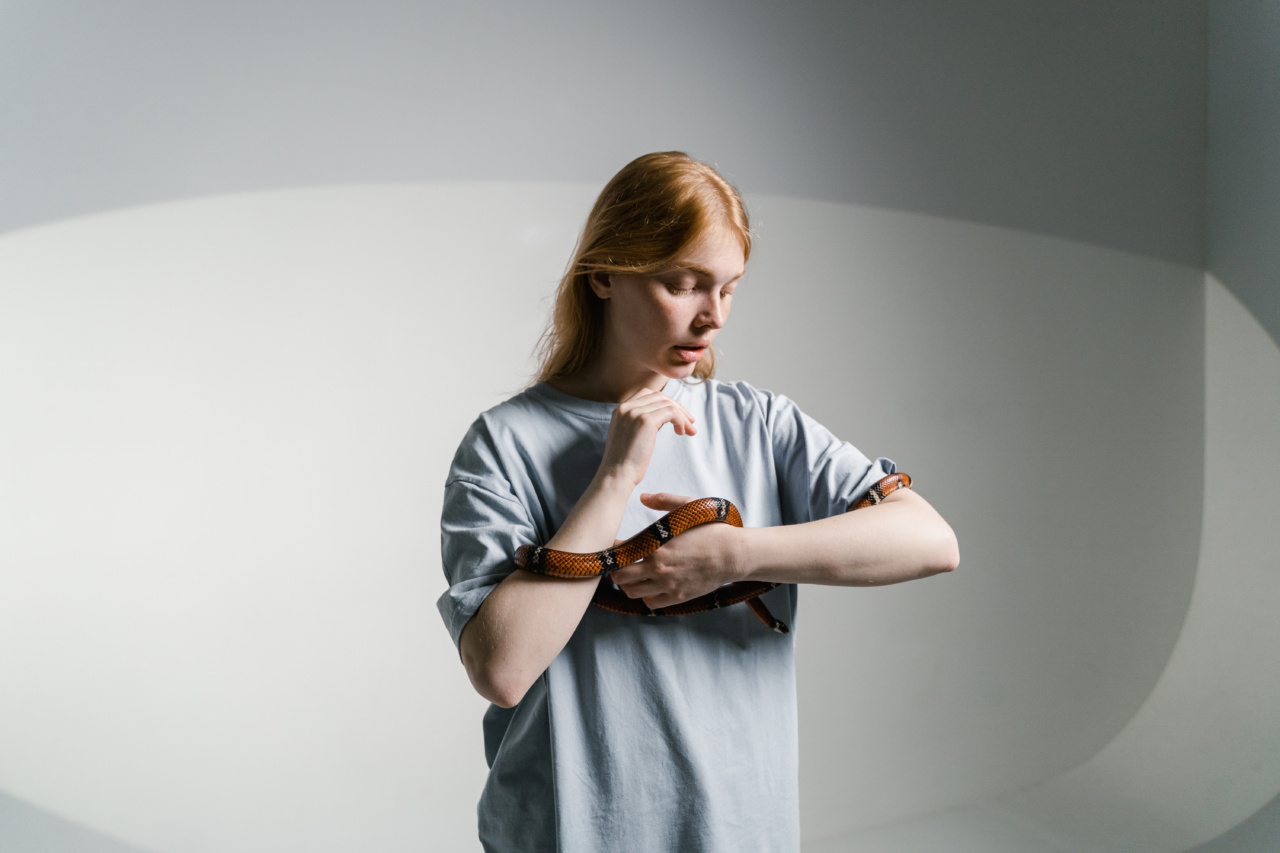For many pet owners, taking their furry friends to the groomer is a routine necessity. Not only does regular grooming help maintain their pet’s hygiene, but it also contributes to their overall health and well-being.
However, some dogs develop a fear or anxiety towards the groomer, which can make the experience stressful for both the pet and the owner.
The Origins of Fear
Fear of the groomer can stem from various factors. Some dogs may have had a negative experience in the past, such as a painful grooming session or an unfamiliar environment. Others may simply have a naturally anxious temperament.
Regardless of the cause, it is crucial for pet owners to address their dog’s fear and help them overcome it.
Recognizing the Signs of Fear
Dogs express fear differently, and it is essential for owners to recognize the signs. Some common indications of fear or anxiety in dogs include:.
- Tail tucking
- Excessive panting
- Trembling or shaking
- Pacing or attempting to escape
- Showing aggression, such as growling or barking
- Attempting to hide or cower
- Excessive drooling or sweating
Preparing for a Successful Grooming Session
Before taking your scaredy-pup to the groomer, it is important to prepare them for the experience. Here are some steps you can take:.
1. Start with Positive Associations
Associating the groomer with positive experiences can help ease your dog’s fear. Begin by taking your dog to the grooming facility for short visits without any grooming involved.
Bring along treats or toys to reward and distract them during these visits.
2. Gradual Exposure
Gradually introduce your dog to the grooming process. Start by slowly acclimatizing them to the grooming tools at home. Touch their paws, ears, and other sensitive areas gently while offering treats and praise.
This helps them become more comfortable with being handled.
3. Desensitization Techniques
If your dog is especially fearful, try desensitization techniques. For example, play the sound of grooming equipment at a low volume while giving your dog treats or engaging them in a favorite activity.
Gradually increase the volume over time to help them become accustomed to the sounds associated with grooming.
4. Seek Professional Help
If your efforts to alleviate your dog’s fear are not proving successful, consider seeking assistance from a professional dog trainer or a behaviorist.
They can provide personalized guidance and create a tailored plan to help your dog overcome their fear of the groomer.
During the Grooming Session
Once you feel that your dog is ready for a grooming session, there are a few additional steps you can take to ensure a positive experience:.
1. Choose the Right Groomer
Look for a groomer who has experience working with fearful dogs. Discuss your dog’s fear with the groomer beforehand, so they can take extra precautions and provide a calm and patient environment.
2. Stay Calm and Positive
Dogs can sense their owner’s emotions, so it is essential for you to remain calm and project a positive attitude. Your dog will feel more at ease if they sense that you are not worried or anxious.
3. Use Rewards and Distractions
Bring along your dog’s favorite treats or toys to reward and distract them during the grooming session. Positive reinforcement can help create positive associations with the grooming process.
4. Gradually Increase the Duration
During the first few grooming sessions, ask the groomer to keep the sessions short. Gradually increase the duration as your dog becomes more comfortable. This will prevent overwhelming your dog and allow them to develop trust over time.
The Power of Patience and Positive Reinforcement
Overcoming fear of the groomer takes time, patience, and consistency. Every dog is unique, and their progress may vary. It is important to remember that punishment and forceful handling will only worsen their fear.
Instead, focus on positive reinforcement and reward-based training.
Seeking Professional Help
If your dog’s fear of the groomer persists or worsens despite your efforts, it is crucial to consult with a professional.
They can assess the underlying causes of your dog’s fear and provide specialized guidance and training techniques to address the issue.
Conclusion
A fear of the groomer can make grooming a daunting experience for both dogs and their owners.
However, with understanding, patience, and appropriate training, it is possible to help scaredy-pups overcome their fear and create positive associations with grooming. By taking the necessary steps to address their fear, you can ensure that grooming sessions become a stress-free and enjoyable experience for your beloved furry companion.






























